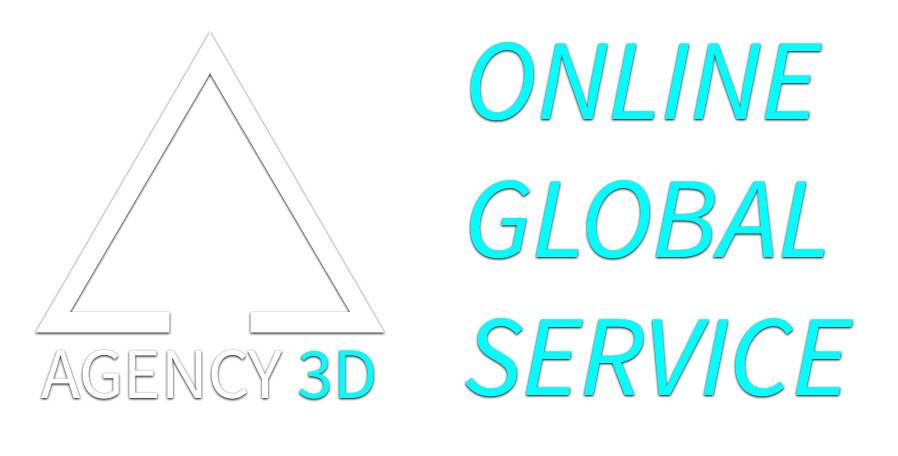At the first glance of the finished image, some of you may curious if it is hard to obtain such a realistic work. Some may feel it is just a picture that you can press the shutter on your camera to get it. Well, it is not easy like that. Every piece of works have their own story in which the client and the render team need to collaborate to get the appropriate result. It can be complicated procedure more or less depends on how the teams cooperate. In the design field, the term “design development” is the essence of how the project progress. And we lot put most of our time in building up the pieces by “developing” the project with our clients from time to time. In this article, we will walk you through the standard procedure of our rendering process to give you the whole picture of how we work in the team
1. Data collection
Before anything else, we need to get a grip on what we are going to do with our client. We gather the information from the project. What are the needs? Any soft-files? The main concept? The main theme of the project? For more detail please look up the topic “Work with 3D visualizers: 5 things you need to prepare the project for rendering process.”
2. First draft, Second draft, Third draft
After we have obtained the data, we will start by making the first model refer to the client data. The first model will be the fast, rough model to let us sense the overall picture of what we are doing. Imagine like you are preparing the ingredients and try to sort the best way to deal with it. And then we hold the session with client for their feedback.
In the second draft, mostly we try to add some details in the base model and adjust the model simultaneously to get a good proportion and fine space. The colors and textures will be implement onto the model to get some idea what it is like in the real one. Let’s just say, we put all of the ingredients in to the cooking pan and try to add some sauces for the better taste.
At the last draft, we put all the feedback we get from first and the second session with the client to smooth things up all the lighting atmosphere, textures, the material specs, the site details will be put into 80% finished work. To get the sense of every parts when connect them together.
3. Feedback and comment
The feedback and comment session will be held between the developments of the project, between the 1st and the 2nd draft, or between the refinement and finalization. We highly value the session with our client due to any feedback from the client can be apply or consider to the project to get the better result. This is the process that we enjoy the most, to know what our client is thinking is the best way to deliver the fine work at the end of the project.
4. Refinement and Finalize
Once the final draft have been approved, the refinement phase will begin. In this phase we focus on the details and a little things that we’ve overlooked along the way and put things in place, for example, the intensity of the lighting, the reflection between parts, etc. These little things can make the overall image looks realistic and convincing. When the final image is complete and ready to launch, we will check all of the compatibilities in any form of medium where the image will be published by our client either websites or magazines to make sure that our final product stay clear from any errors.
These are the main processes that we practice in our routine. We want you to see these as we try to cook something for you that you have a chance to participate in our kitchen by tasting our menu and comment us.

